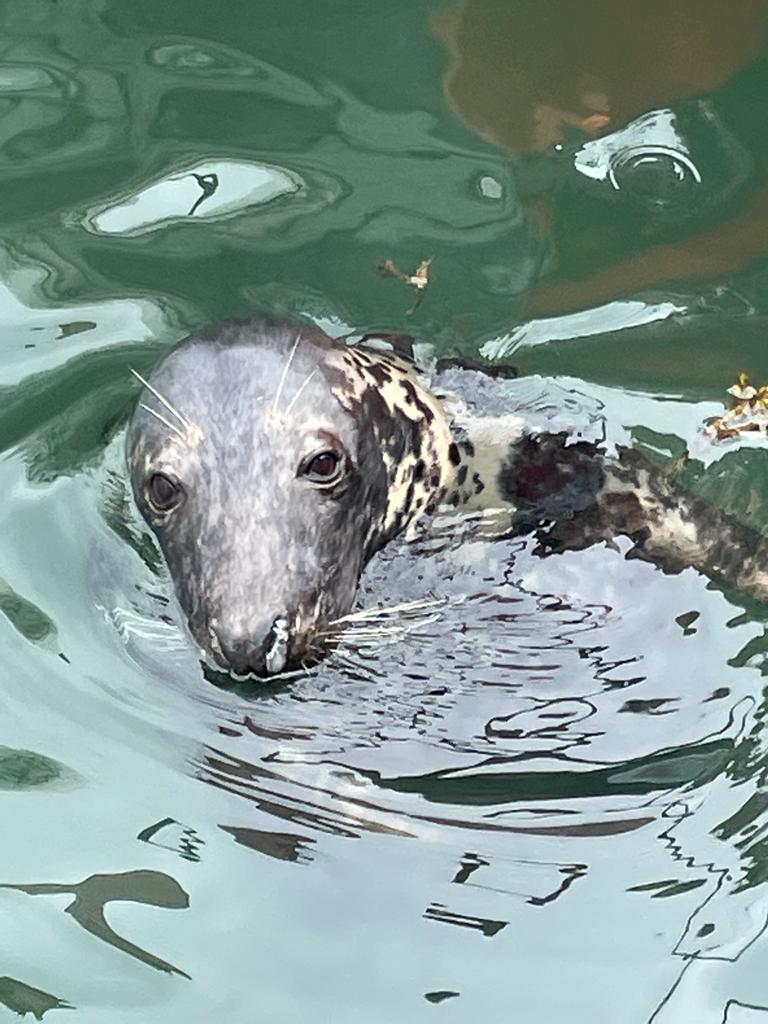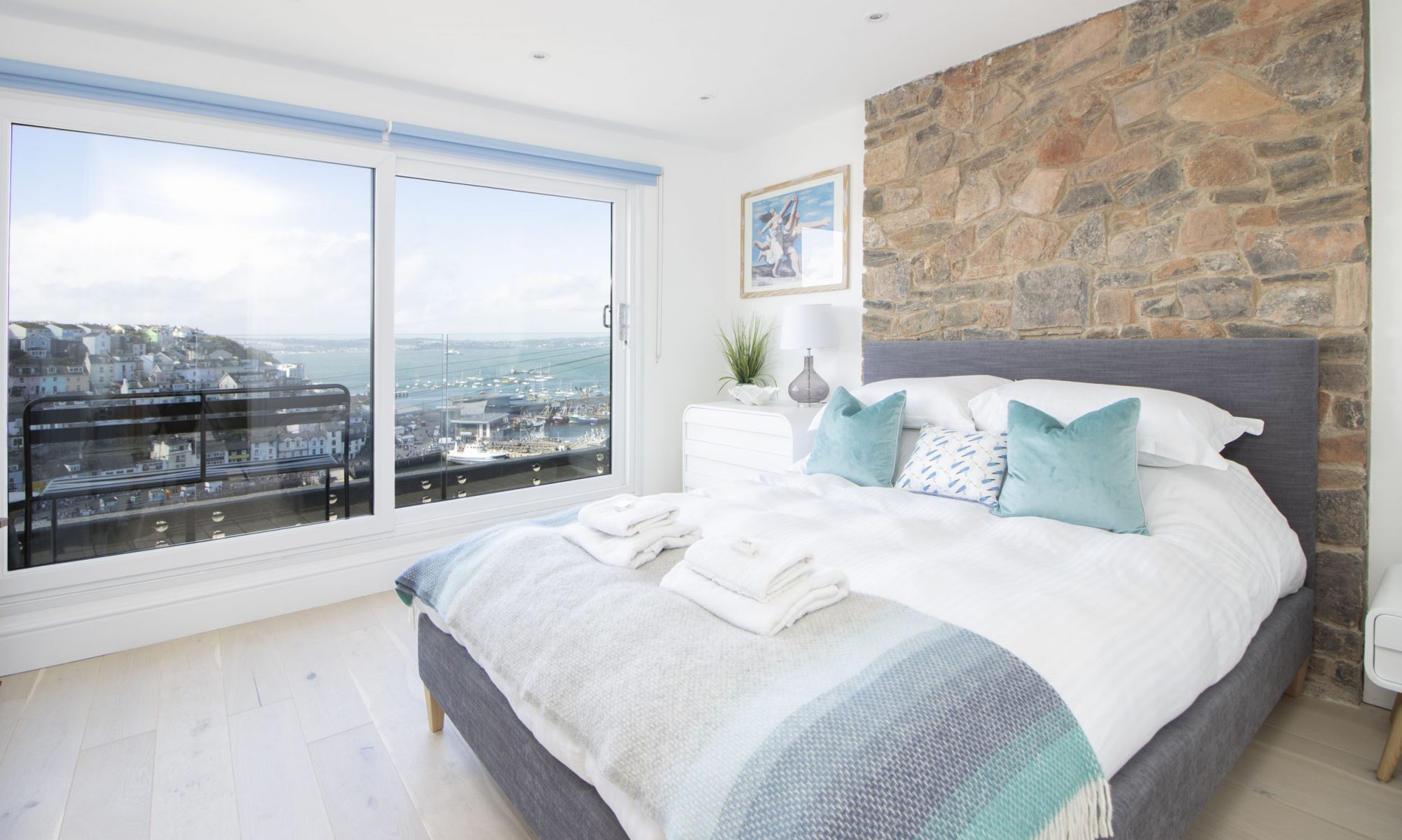With the South West Coastal Path, Berry Head geopark and Nature Reserve, miles of coastline and rolling green countryside and (of course) Torbay itself teeming with sealife of all kinds, a holiday in Brixham is a great time to be spotting some of Devon’s wildlife.
Seagulls
You’ll find Seagulls are impossible to miss in Brixham. In fact, you really want them to miss you! You’ll be able to see number of different breeds of seagulls during your stay in Brixham however many of them are quite difficult to tell apart.
The three most common breeds are;
Herring Gulls are the most common seagulls, with a white head (streaky during the winter) and black wingtips with white spots. They have a yellow bill with a red spot near the tip.
The Common Gull is, erm, less common than the Herring Gull and a little smaller. Other than its size it is similar to the Herring Gull, but lacks the famous red spot on its bill.
Black-headed Gulls are the most numerous of the smaller gulls in the area. During summer they have a dark chocolate-brown head which looks black from a distance, with red legs, a red bill and black wingtips.
Herring Gulls especially like nesting on flat rooftops and chimneys, and if you are here from May onwards you are likely to have a ringside seat of the nesting season on nearby houses.
Eggs are laid from May, usually two or three in each nest and take about three weeks to hatch, after which you can watch them growing up from being cute fluffy chicks and then eventually turning into unruly teenagers in and around their nests throughout the rest of the summer.
Please don’t feed the seagulls around Brixham Harbour, not even on your spare chips, as this encourages them in potentially aggressive behaviour towards other people. On the beaches and in some towns across the area it may even result in you being fined.
Seals
You will almost certainly see both Grey seals and Common seals in Brixham, as they are living in and around the harbour, marina and the various bays along the coastline. Look out for them resting on the marina wall when you’re walking down the breakwater, or mooching around hoping for a discarded fish or two from the trawlers in the port when you’re having a meal on the balcony at Rockfish.
Common seals are also known as Harbour seals, and are smaller (and less common) than Grey seals – and can occasionally be grey as well, just to keep things really confusing! The most noticeable difference is that Grey seals have longer, more dog-like faces whereas Common seals faces are more rounded.
Seals swim into the inner harbour reasonably often as well, so at some point in your stay in The Captain’s Cottage you may even get to see some from the comfort of the living room using our binoculars when you look down into the Harbour Bowl.
As with the local seagulls, you should watch seals from a distance they are comfortable with, and not try to get too close, interact, and certainly not feed them during your stay. The Seal Project has loads more info on Devon’s seal population and the work they do to rescue anumals that may have gotten into difficulties aroud Devon and Torbay.
Dolphins & Porpoises
Harbour Porpoises as well as both Common and Bottlenosed dolphins are local to Brixham, and we’ve seen at some of them most times we’ve been up to Berry Head, as well as from the ferry across to Torquay. If the tide is right – and they are curious enough – they have even been known to pay a visit to the inner harbour as well.
Bottlenose dolphins are the most commonly sighted type around Brixham, with stubby beaks and sickle-shaped dorsal fins. Common Dolphins have large, triangular dorsal fins which curve slightly backwards and long, narrow beaks. The rather more shy Harbour porpoise is much smaller than either of the dolphin species, with small dorsal fins, and rounded faces with no beak.
Wildlife in the Garden
As well as the ubiquitous seagulls, if you’re here in the summer you may even be lucky enough to see either a Common Lizard or even a very rare sighting of a Slow Worm sunning themselves amongst the rocks in our garden.
Common Lizards are tiny little geckos that love to find a sunny spot on the steps to soak up some rays during the warmer days of summer – they often seem quite brave, but will scamper away remarkably quickly if you disturb their sunbathing session!
Slow worms are shy and totally harmless legless lizards with smooth, golden-grey skin that are native to the warmer parts of the UK – they are neither worms nor snakes – and we’ve been lucky enough to occasionally see one sunning itself in the warmer months. If you are here between October to March however, chances are that both they and the Common Lizards will be hibernating.

so will often come to look at you !
